Removing a LiPo Protection Board
As we have documented elsewhere, the protection circuit boards included in many LiPo batteries such as the ones we sold up until April of 2013 can often do more harm than good in rocket applications. This document explains how to remove the protection circuit board entirely, should you choose to tackle this on your own.
Please note that LiPo batteries have a very low source impedance, which means they can deliver massive amounts of current if you short the terminals. We don't mean to scare anyone familiar with electronic soldering away from this job, but please be careful, wear eye protection, and have a fire extinguisher nearby while performing this work "just in case".
Getting Started
This is what our 850mAh and 110mAh cells look like from the factory:


Unwrapping
The first thing we need to do is remove the tape that covers and protects the circuit board and associated connections to the wire leads and battery terminal tabs. On some batteries, like the 850mAh cell shown here, there is just a single wrap of translucent yellow/gold Kapton tape to peel. On some like the 110mAh cell shown next, there is a layer of Kapton tape over a layer of a spongier insulating material. Preserving the spongy insulating material is good, so try not to tear it off as you're peeling it up:
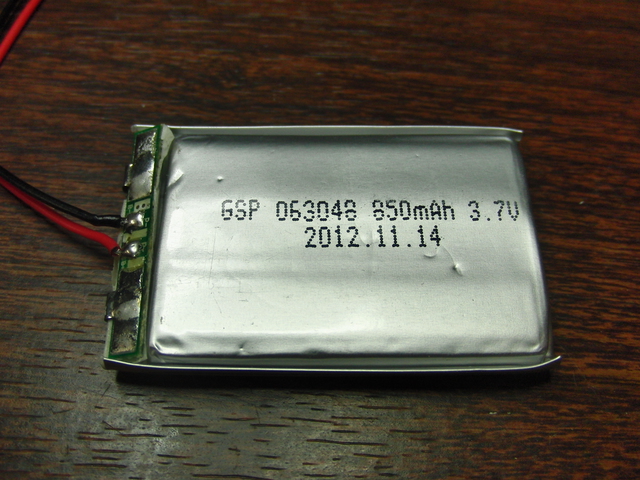
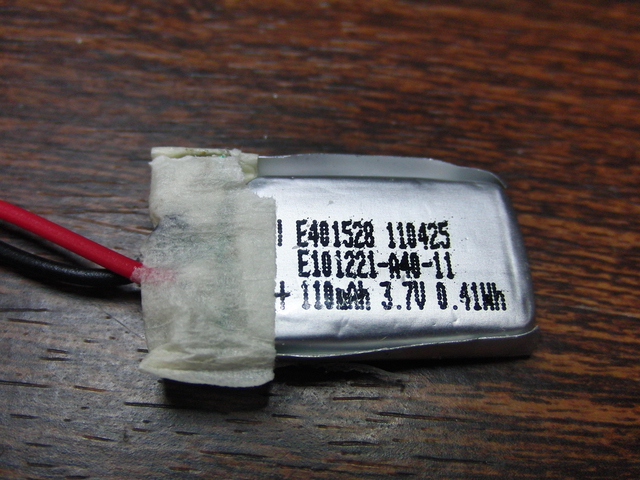
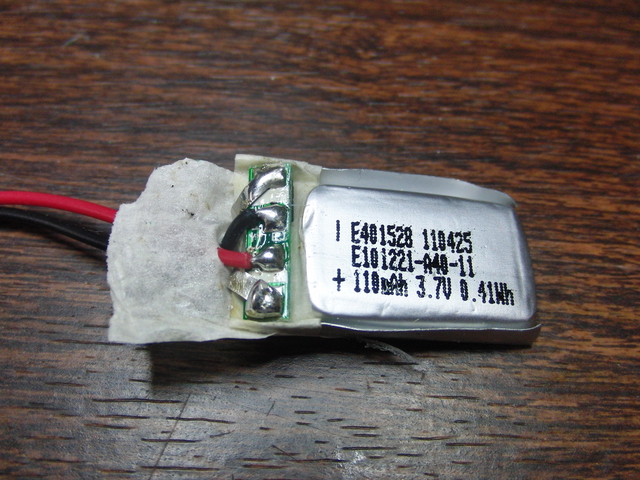
Removing the Protection Board
At this point, the wire connections and circuit board are exposed. There are two options at this point. One is to leave the circuit board installed, but move the wires to the circuit board pads that connect to the battery, which effectively takes the board out of circuit. In some cases, this may be easier than removing the board entirely... but leaving the board behind doesn't really help anything, so we'll take the other option which is to remove it entirely. To do this, just warm up a soldering iron and use tweezers or small needle-nose pliers to pull the wires and tabs away from the board while using the soldering iron to melt the solder on each of the 4 joints.
Once the circuit board is removed, the battery should look something like this:


Attach the Wires Directly to the Battery
Now, use the soldering iron to tack the wires onto the battery terminal tabs. Since the tabs and the wires are all pre-soldered, you don't really need flux here, though if the tabs look dry adding a little solder to them before trying to tack the wires on may be helpful. Be careful to keep the polarity straight. As you can see on the 110mAh cell, many LiPo batteries have the polarity marked. But, as you can see on the 850mAh cell, not all of them do, so remember which side is plus (red wire) and which side is minus (black wire)!
Note that on the larger cell, we've soldered the wires on heading towards the center so that we can bend them out together. This will make insulating the terminals easier:
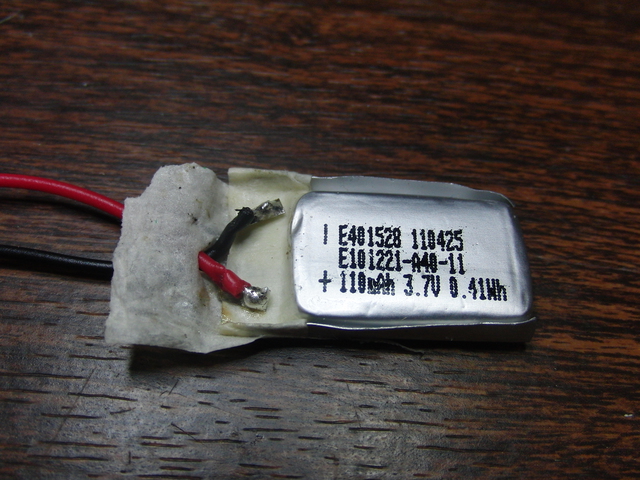

Insulating
The final step is literally to "wrap things up". In this case, we've used Kapton tape, but other electrically insulating tape like the more common household black vinyl electrical tape should work fine. On the larger cell, note that we're wrapping pieces over the end of the cell on either side of the wires before taking a wrap over the "shelf" end of the battery. On the 110mAh cell, there isn't really room to do that and the spongy tape already provides some protection, so we just take a wrap around the cell to cover the exposed terminals and keep everything in place.
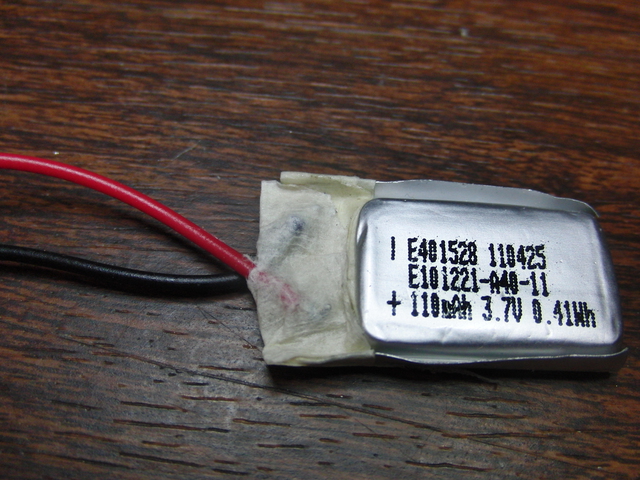
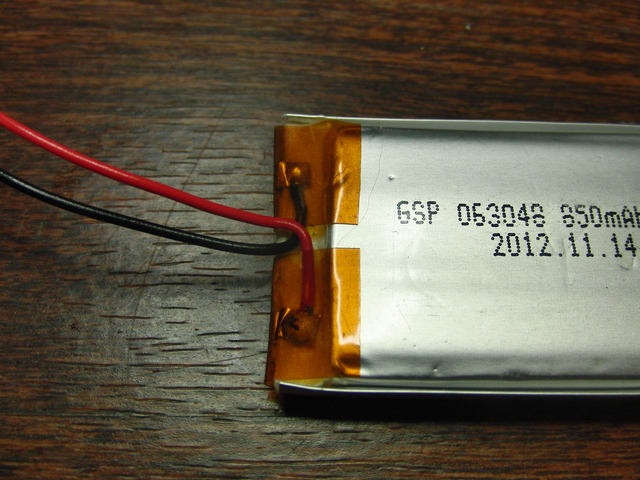
Note that I like to mark the batteries that have had this procedure done to them with a permanent marker saying something like "protection removed" to keep the cells that still have boards and the ones that don't straight:
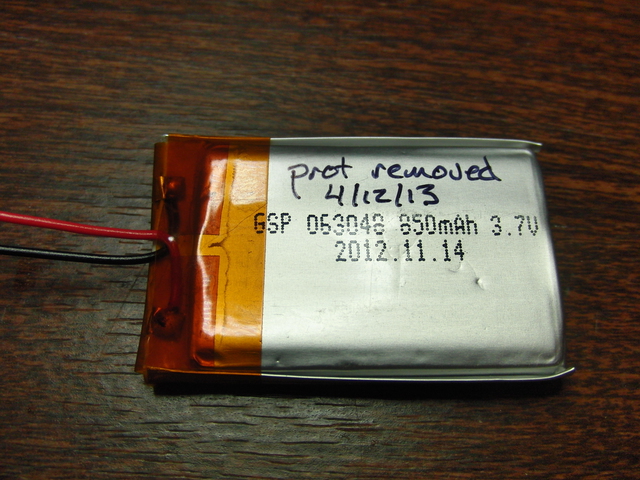
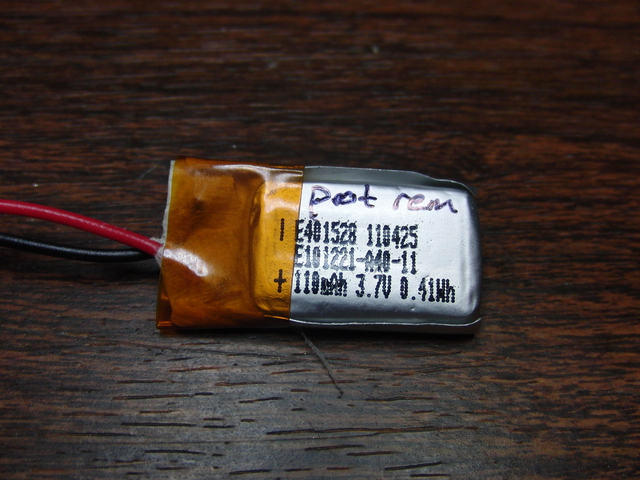
Testing
If all went well, your battery should work just the way it did before, except that you won't ever see the output shut down due to over current. As is always true with Lithium Polymer batteries, please be careful when installing and using them to avoid physically damaging the cells. We often wrap ours with a layer of closed cell foam before strapping them down to a sled with wire ties, for example.
Getting Someone Else to Help
If this all seems scary or just beyond your soldering abilities, you can either find a friend locally to help you out, or if the battery in question came from us or one of our distributors, feel free to contact us, and we'll do what we can to help!